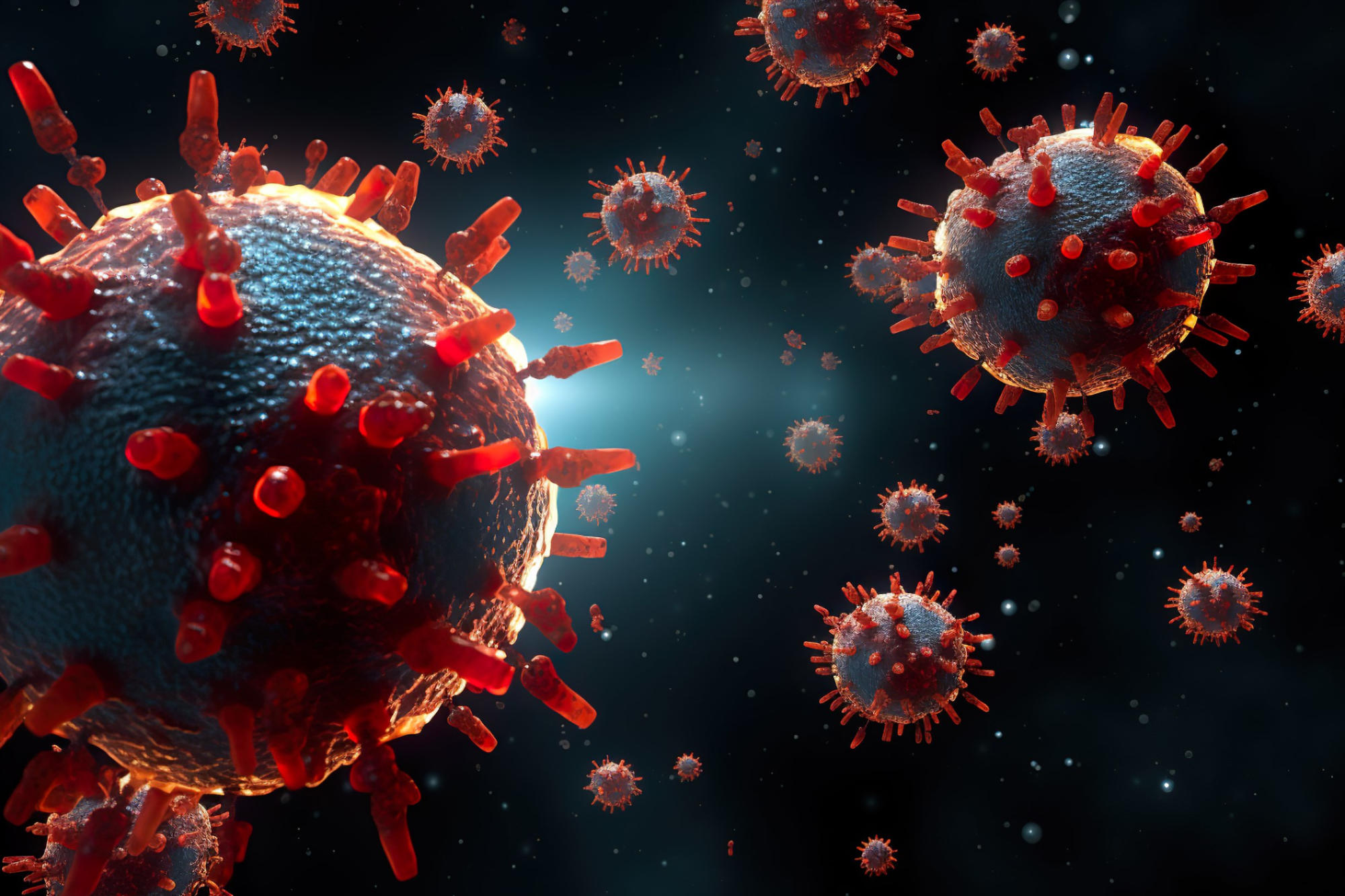Scientists have long been interested in viruses that live in the ocean.
Most of them float around freely, infecting targets of opportunity (which don't always equate with the preferred host).
This one, called Flov-SA2, infects a phytoplankton called Florenciella.
Here is what it looks like:

It is among a class of "giant viruses" with about half a million base pairs.
This virus encodes a ribosomal protein called el40 that's almost identical to the homolog in the host.

It has about 575 genes. The el40 ribosomal protein is part of the 60S ribosome and has 53 amino acids. It is 85% similar to the host homolog.
 pmc.ncbi.nlm.nih.gov
pmc.ncbi.nlm.nih.gov
Most of them float around freely, infecting targets of opportunity (which don't always equate with the preferred host).
This one, called Flov-SA2, infects a phytoplankton called Florenciella.
Here is what it looks like:
It is among a class of "giant viruses" with about half a million base pairs.
This virus encodes a ribosomal protein called el40 that's almost identical to the homolog in the host.

Challenging Viral Biology: Researchers Discover Mysterious Virus With Ribosomal Protein
A virus that infects ocean phytoplankton was found to encode a ribosomal protein, a first for eukaryotic viruses. Researchers believe this aids the virus in replication. Researchers at the University of Hawai‘i at Mānoa have identified a virus, FloV-SA2, that encodes one of the essential proteins n
scitechdaily.com
It has about 575 genes. The el40 ribosomal protein is part of the 60S ribosome and has 53 amino acids. It is 85% similar to the host homolog.
Eukaryotic viruses encode the ribosomal protein eL40 - PMC
Viruses in the phylum Nucleocytoviricota are large, complex and have an exceptionally diverse metabolic repertoire. Some encode hundreds of products involved in the translation of mRNA into protein, but none was known to encode any of the proteins ...